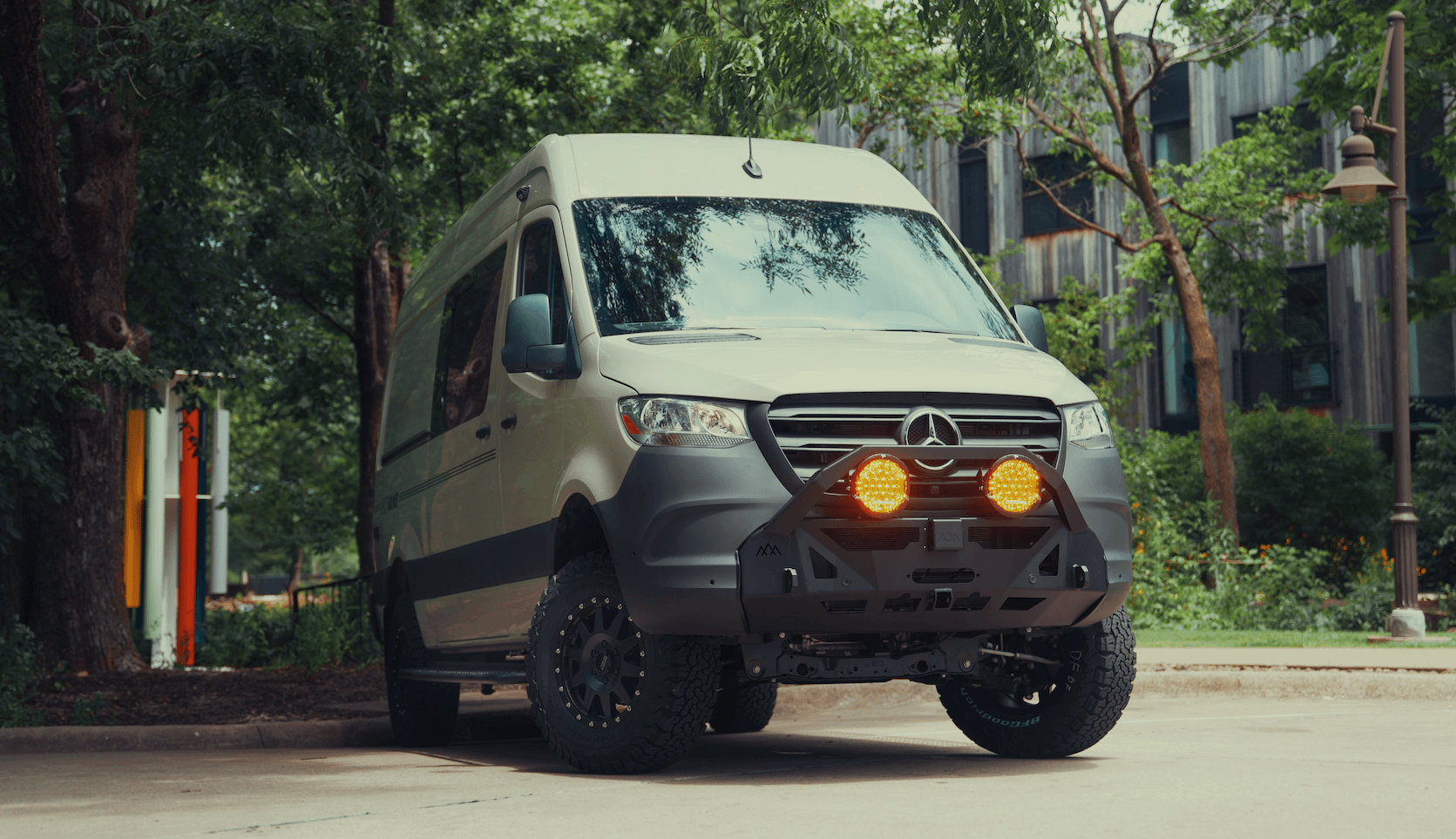Recreational Vans

Diesel air heaters feed from the vehicle or an auxiliary tank, atomize fuel, and push warm dry air through a duct. They are efficient, often using a brief power spike at startup then a very small draw while running. Because they exhaust combustion outside, interior humidity stays low, which helps bedding and windows stay drier. Cold climate travelers appreciate that diesel is easy to find and stores well in low temperatures. At higher elevations many units need an altitude kit or tuning to keep the fuel air mix clean and prevent soot buildup.
Vented propane furnaces deliver high heat output and quick warmups. Many vans already use propane for cooking or a water heater, so a single fuel can simplify logistics. A sealed combustion chamber that vents outside keeps fumes out of the cabin and greatly reduces moisture compared to unvented heaters. Plan for safe tank placement, gas plumbing, and leak detection. In very cold weather, propane vaporization can slow, so a correctly sized regulator and protected tank location improve performance.
Pure electric space heaters feel simple but pull a lot of power, which makes them best for campground hookups. Off grid use typically requires a very large battery and inverter that can sustain continuous loads. Heat pumps can be efficient in mild cold and provide cooling in summer, but their output falls as temperatures plunge. Many winter travelers pair a primary combustion heater with electric heat as a backup when plugged in.
Start with insulation. A well insulated and air sealed van needs less heater output, runs quieter, and consumes less fuel. Think continuous wall insulation, insulated floor, and tight window covers that prevent radiant loss. Smaller, steadier heat often feels better than oversized bursts.
Size by climate and volume. As a rough guide, many camper vans land between two and five kilowatts of heat. Colder trips, frequent door openings, and larger cargo spaces push you toward the higher end. If you spend most nights above freezing or mostly sleep, a smaller unit may be enough.
Mind altitude. Above five to six thousand feet, heaters need the correct fuel air ratio. Check for high elevation settings or kits, and monitor for unusual smoke or soot which can signal an imbalance.
Plan your air paths. Ducted supply and return paths help avoid hot spots and cold pockets. Keep soft goods clear of intakes and use diffusers to spread warmth toward the floor where cold pools. For bunk warmth, short ducts can target sleeping zones without overheating the galley.
Manage moisture. Any heater that brings combustion products inside adds water vapor. Favor sealed and vented systems. Crack a roof vent slightly to let humid air exit and use a fan to clear condensation on cold mornings.
Build in safety. A carbon monoxide detector and propane detector are non negotiable. Add a smoke alarm and a fire extinguisher within easy reach. Route exhausts away from doors and windows and check them before each cold trip.
Know your power budget. Even efficient heaters draw current at startup and for fans and controls. Confirm your battery and charging plan can handle overnight use plus lights, fans, and devices. If you rely on solar, winter sun angles and short days reduce harvest, so alternator charging becomes more important.
Think serviceability. Mount components where filters, glow plugs, and fuses are accessible. Keep a small kit of spares and the tools required to service the unit on the road. An annual checkup before winter prevents most surprises.
Link heat to ventilation. Slight, steady ventilation paired with a dry heat source preserves comfort without foggy windows. A roof fan on low and a dedicated fresh air path keep oxygen up and condensation down.
How does this all come together in a real build A thoughtful winter van solution balances heater type, placement, ducting, and power. Many travelers end up with a diesel air heater as the primary source, a sealed propane furnace in rigs that already carry gas, or a hybrid with campground electric as backup. The best choice is the one that matches your routes, fuel plan, and cabin design so you wake up warm without stressing your batteries or breathing stale air.
Where OZK Customs fits into your plan When you are ready to turn this checklist into a real system, professional installation matters. OZK Customs designs and integrates heating as part of complete builds and partial upfits, including fuel safe plumbing, clean electrical, altitude friendly settings, and thorough testing at handoff. Our team guides you on insulation, ducting paths, and safety devices so your winter van feels calm, dry, and reliable.
Bold next steps
Warm winter travel is about smart choices and clean execution. Tell us how you roam and how cold it gets, and OZK Customs will spec, install, and validate the right heating system inside a thoughtful build. Share your trip plan and timeline and we will craft a path to cozy miles ahead.
Ready for a warm and worry free winter van? OZK Customs integrates safe, efficient heating into custom builds and partial upfits. Tell us how you travel, we will spec the right system, install it cleanly, and test it with you at handoff. Fill out the form to start your build plan.
ADDRESS:
6159 E Huntsville Rd, Fayetteville, AR 72701
PHONE:
(479) 326-9200
EMAIL:
info@ozkvans.com